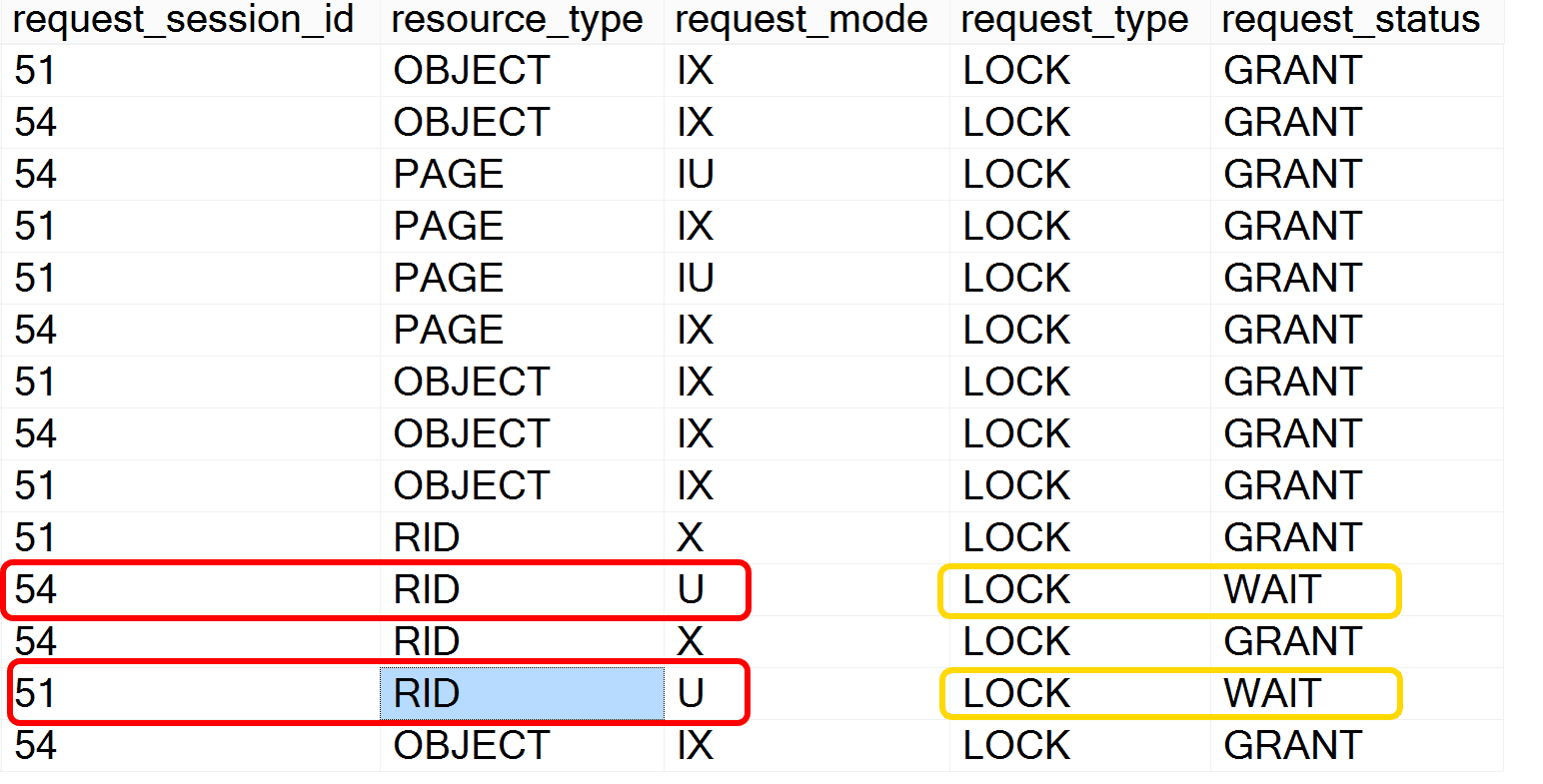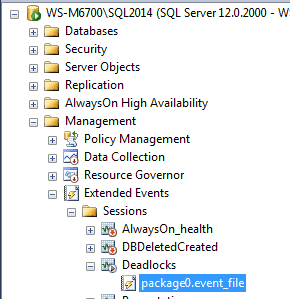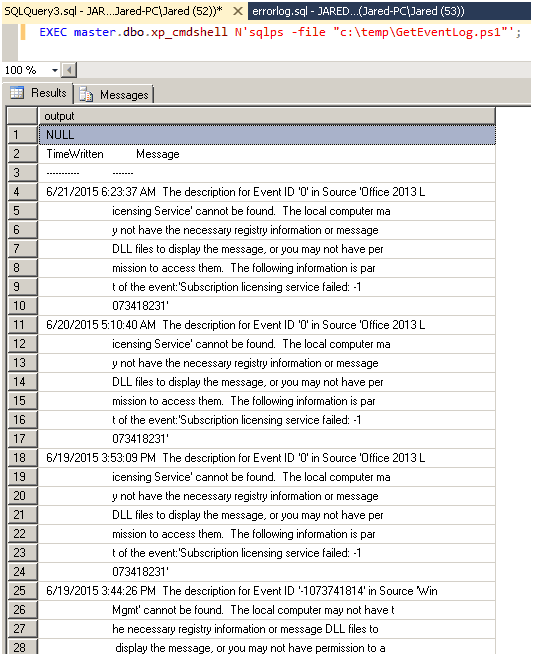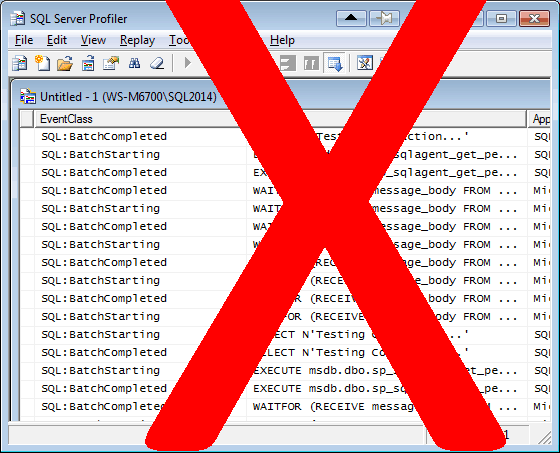
PowerShell at FreeCon
We are getting ready to host a day of training on Oct. 27th to celebrate our 5th birthday. This is the

We are getting ready to host a day of training on Oct. 27th to celebrate our 5th birthday. This is the

As you may have heard, Pittsburgh Steelers linebacker James Harrison recently decided to not allow his sons to keep participation

Everything can be fixed with a query hint (*cough* directive), right? If a certain process is consistently causing deadlocks, a simple

Today is a day to discuss defaults. It started with the day being TSQL Tuesday and having a topic of

In my last post, I shared a script that will take a running trace and show you the XE events

In Part I of Check for Errors First, we discovered how to query the error logs, and filter out the noise

In this brave, new world of Extended Events (XE, XEvents), I find myself with a mixture of scripts for troubleshooting

Recently a friend by the name of Chris Bell (blog | twitter) wrote about an easy way to disrupt SQL

Spring time means tuning up the lawn mower, digging out the pruning shears, and testing the sprinklers (at least in
It’s a best practice to have the disk sector size (also known as the allocation unit size or block size)
